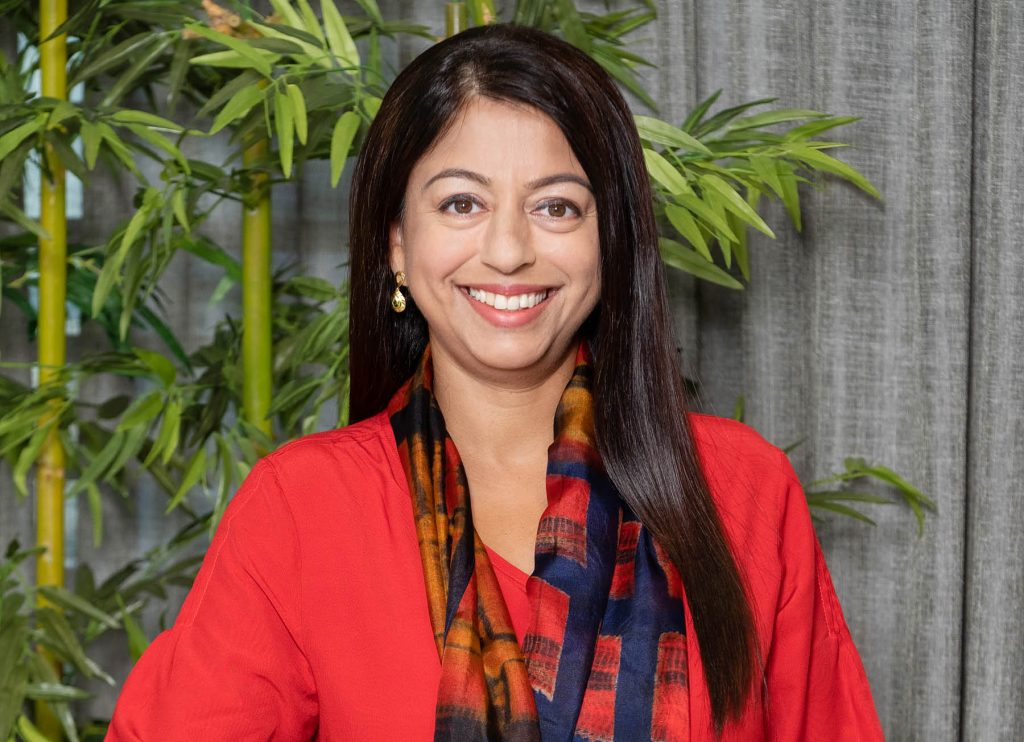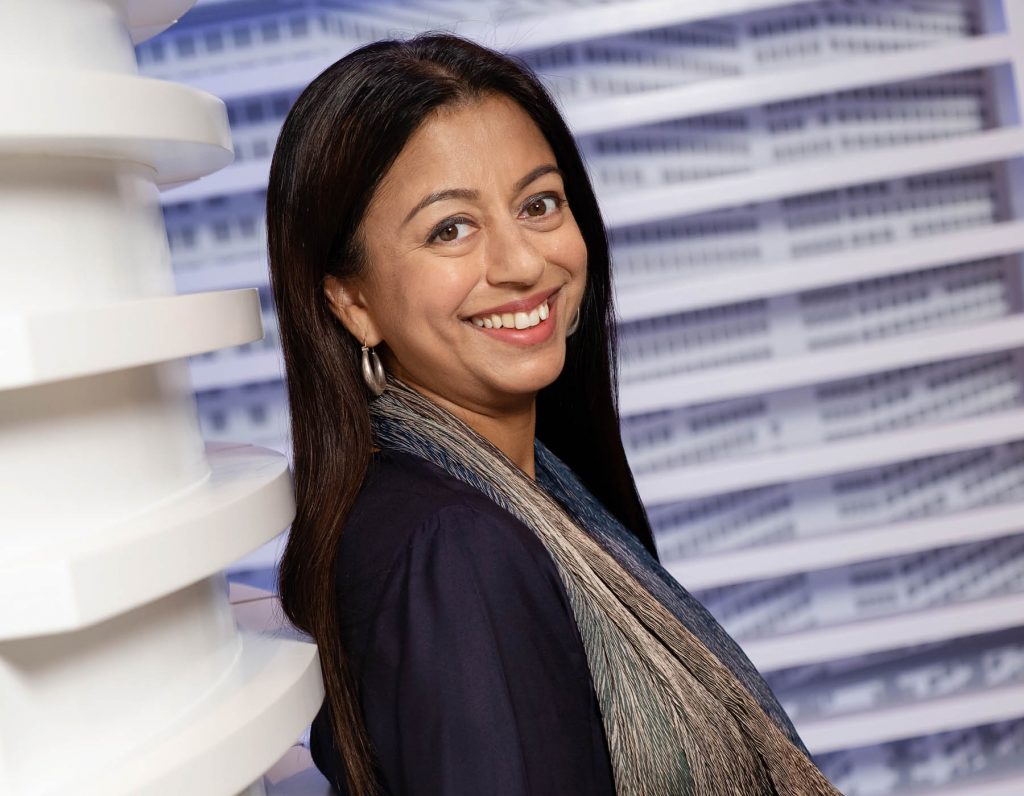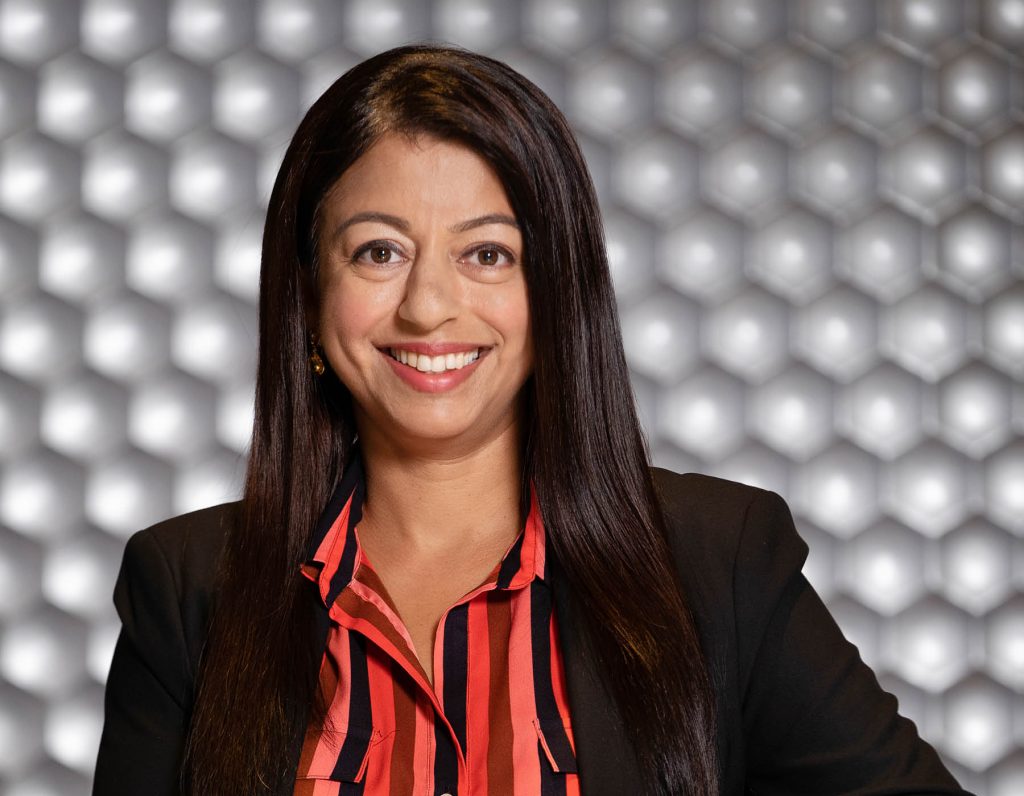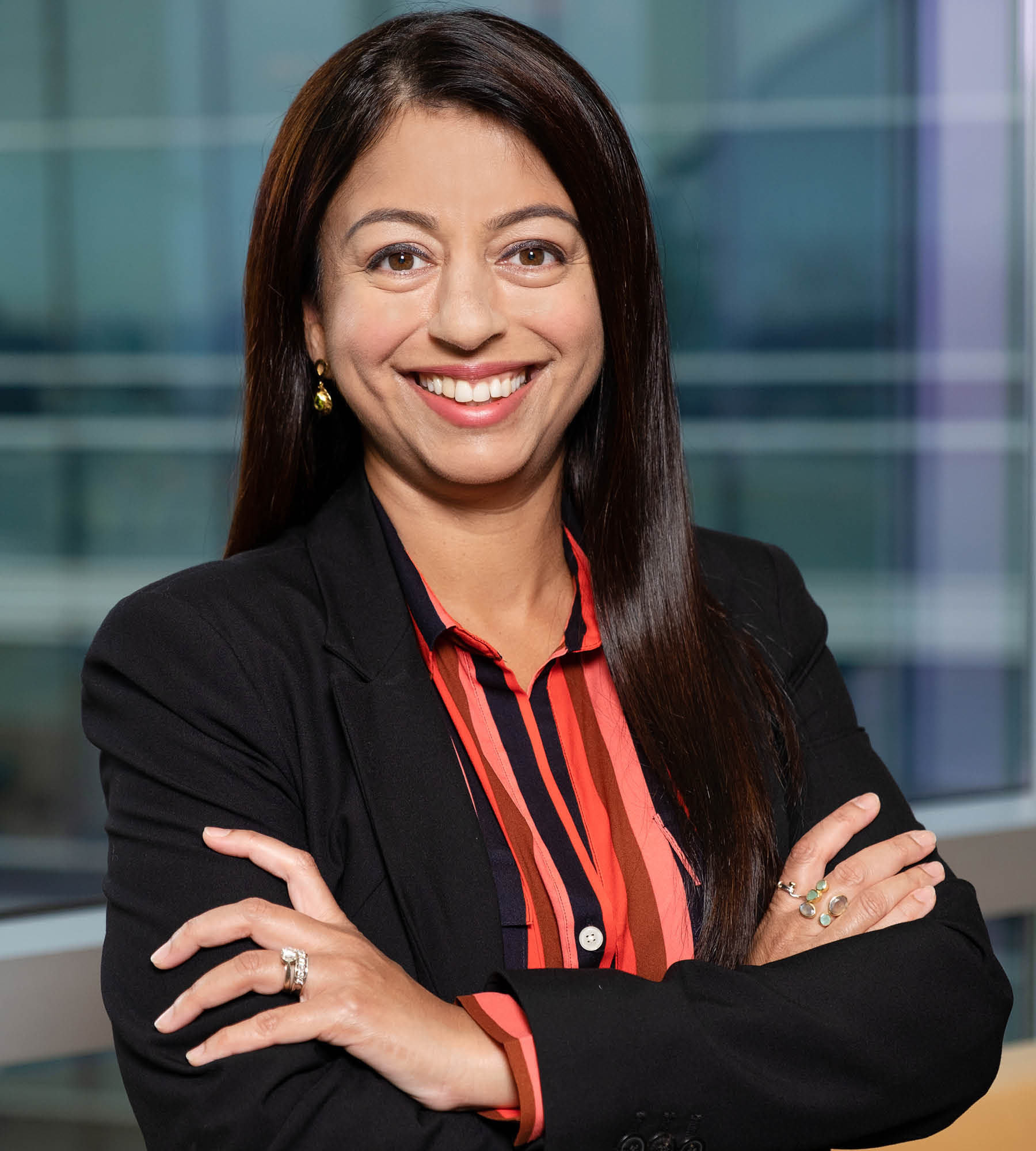Language
You can read the magazine in one of the following languages
Around 20 years ago, Priyali Kamath took a deep breath as she prepared to present her turnaround plan for a challenged brand in her early brand-manager days with Procter & Gamble (P&G).
“Our market share was declining,” she recalls. “For any brand manager, that’s a big sign of trouble.”
Heeding the signals, she did the necessary assessment analysis and devised a strategy that she was convinced would pull the brand back from the brink.
It was nerve-wracking stuff for the young Assistant Brand Manager who had only just made the move from human resources to marketing to follow her passion. But it proved fruitful. Both the Senior Vice President and the Country Leader for India, although skeptical at first, eventually saw the merits of her plan and put it into action, turning the brand’s fortunes around.
“To me, this showed that, no matter who you are at Procter & Gamble, if you have a clear point of view and good reasoning behind it, then the organization has a great deal of listening skill and democracy, allowing anyone to make an impact,” Kamath reflects. “To me, that was very powerful.”

It’s a large part of the reason she remains with P&G after 23 years, now as Senior Vice President – Skin & Personal Care for Asia Pacific, Middle East and Africa. That, along with the opportunity to make a real difference to the lives of people in the markets it serves as well as those within its team.
Through her incredible work at P&G, she has championed, and is proof of, the value that diversity and the inclusion of varying viewpoints have for business success. Due to this, alongside her other role, she also holds the position of Executive Sponsor of Equality and Inclusion. In this position, she leads the drive to incorporate diversity, equity and inclusion into the organization’s strategies, as well as in the brands they work on.
“Across the AMA region, our efforts are making a real difference in the communities where we operate in. Our brands continue to step up as a force for growth and for good by leveraging their voice in advertising and media to spark change,” she says.
“At AMA we’re proud of many of our brand campaigns that are making a positive difference – Whisper’s ‘Keep Girls in School’, Ariel’s ‘Share the Load’, Olay’s ‘Stem the Gap’, Pampers’ ‘It Takes Two’ and ‘Dads from Day 1’, to name a few.”
“Our brands continue to step up as a force for growth and for good by leveraging their voice in advertising and media to spark change.”
P&G’s commitment to achieving equality of economic opportunities for women has seen them recently invest US$130 million in women-led businesses, with the promise to more than double this commitment to US$300 million by 2025.
Kamath is clearly helping to build an inspiring legacy for P&G, and has earned herself some well-deserved recognition in the process. In 2022, she was named one of Asia’s Most Inspirational Women in Leadership by House of Rose – a highly respected acknowledgment of the role models who are actively driving the gender equality agenda forward.
“My interest in this area has given me a lot of platforms – not only am I the Executive Sponsor for Gender Equality in the region, I also am the Executive Sponsor of something called GABLE, which is an LGBTQ+ affinity group,” she says.
“That allows me to really influence benefits and policies, to look at programs and understand how we can leverage the might of P&G to be a force for growth and for good, both internally in the organization and externally in our communities.”
As a fast-moving consumer goods company that largely serves the world’s women, gender has become an area of increasing importance for P&G and offers several important opportunities for making positive change. “In the product categories in which we operate, most of the time the consumer, the purchase decision-maker, is a woman. It was eye-opening and we realized we needed to have our consumers be more equally represented in our management,” Kamath admits.
That is why, a few years ago, the company’s AMA division committed to having at least 50 percent women in its management roles by 2025. “I’m delighted to say we actually hit 50–50 well ahead of target,” she says proudly.

“It’s been a deliberate effort of making sure that we are not blindsided with unconscious bias when we recruit. We are spreading our net wider to see where we can get the same high quality, if not better quality of talent year on year, but ensure that we don’t have any blind spots when it comes to gender.”
The tougher part, she says, is ensuring better representation of women at the top of the management funnel. Change starts with leadership, Kamath points out, and therefore it is important to have diversity in leadership, especially when C-suite has traditionally been male-dominated.
P&G’s responsibilities don’t end there, with the company determined to ignite change in wider society – for example, the science, technology, engineering and mathematics (STEM) landscape in India.
Last year saw the launch of its landmark ‘OLAY #StemTheGap’ program. As part of its research into the STEM situation in India, the company found a high percentage of women were studying and graduating STEM subjects – a moment of great pride for Kamath.
But that high was followed by the harsh realization that very few of them were making it into STEM roles – a situation she describes as “calamitous”. According to United Nations, women only account for 14 percent of the Indian STEM workforce. “This was a real ‘aha’ moment and we started really questioning, ‘what we are doing that is standing in their way?’”
A large part of the answer revealed itself as unconscious bias – an issue in all corners of the world, no matter how affluent, Kamath stresses. A collection of vignettes, put together as a commercial for P&G’s now-iconic skincare brand Olay, demonstrates this to great effect.
“It showed how we, with years of conditioning, are actually standing in the way of half our population from really achieving their full potential,” Kamath reflects. Interestingly, the film quickly became Olay’s best-performing campaign over the last three years in India, garnering 12 million views in just a couple of weeks.
“The uplift that we got, the positive sentiment towards Olay, was really good,” she notes. “And it just showed us that our consumers cared about not just the functional performance of the product, but also what we stand for as a brand.”
The campaign pledged P&G’s support to education technology platform LEAD, funding STEM scholarships for 200 girls across India and enabling more than 3,000 schools to deliver international standard education to more than 1.2 million students.
P&G plans to delve deeper into the reasons behind the STEM drop-off in a bid to end the vicious cycle and will continue to support the work of LEAD. “We want to support those girls, not just as a one-off thing, but for life,” Kamath stresses.
For Kamath, the #StemTheGap campaign represents one of several highs over the last few years. Olay’s partnership with Miss Australia 2020 Maria Thattil is another. Thattil came out as bisexual during the 2022 Australian season of I’m a Celebrity… Get Me Out of Here!; the next time she spoke publicly on the issue was with skincare brand Olay – part of a wider inclusivity campaign she had been filming with the brand.
“She is not your typical expression of beauty in a largely Caucasian Australia – she is a woman of color,” Kamath explains. “Then, as we started working with her, she also came out as being bisexual. So she literally breaks every stereotype there is and is part of our effort to better represent the diversity in our consumers.”
The partnership with Thattil has been wonderful for the brand, Kamath acknowledges. “A large part of that is thanks to her genuine, authentic endorsement of Olay.”
And the achievements of P&G do not stop with its efforts in diversity and inclusion; the company also has a strong focus on nation-building. An opportunity for this came against the backdrop of the pandemic, as antibacterial soaps soared in importance – creating demand in the Philippines for P&G’s soap brand Safeguard.
“If you look at the biggest driver of life expectancy increase over the last 100 years, it’s not something big like the advance of medicine or the discovery of penicillin, it’s the simple act of handwashing.”
“We needed to ensure we kept factories open at the height of the lockdown and providing soap to the Filipino consumer which was, at that point, an almost impossible task due to logistics challenges that prevented our workers from commuting between the factory and their homes,” Kamath recalls.
To work around this tough situation, P&G set up living quarters in the factory for the workers. “They showed an awe-inspiring amount of commitment by staying back and producing the soaps even at the expense of being away from their families for weeks on end.”

The efforts are all part of P&G’s mission to become the Philippines’ health partner, in which handwashing plays a surprisingly significant role. “If you look at the biggest driver of life expectancy increase over the last 100 years, it’s not something big like the advance of medicine or the discovery of penicillin, it’s the simple act of handwashing,” she says.
Post-pandemic, P&G is not taking its foot off the gas. With the SafeWash campaign, it has partnered with the Philippines’ Manila Water Foundation and the Department of Education to provide a minimum standard of handwashing facilities at all of the schools in the Manila metropolitan area – a tally of more than 270 schools.
And, with Kamath at the lead, there is no question that P&G will continue finding new and innovative ways to support its consumers, employees and communities into the future.
